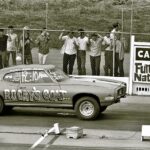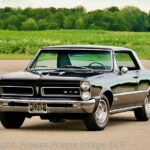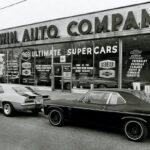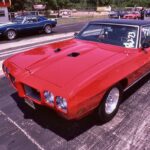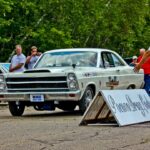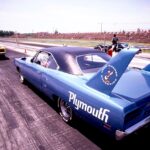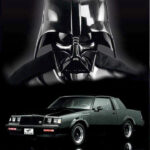
General Motors started the industry’s OHV revolution in 1949 with Cadillac and Oldsmobile. Racers loved the ‘49 OLDS ROCKET 88: GM’s FIRST MUSCLECAR!
Decades before 1964 when Pontiac created the GTO by putting a big motor in a Tempest, and even before 1949 when Cadillac and Oldsmobile introduced powerful overhead valve (OHV) V-8 engines, carmakers had been keenly aware of the public’s need for speed and responded accordingly. Low-volume, high-performance cars debuted shortly after the turn of t...
Read More


